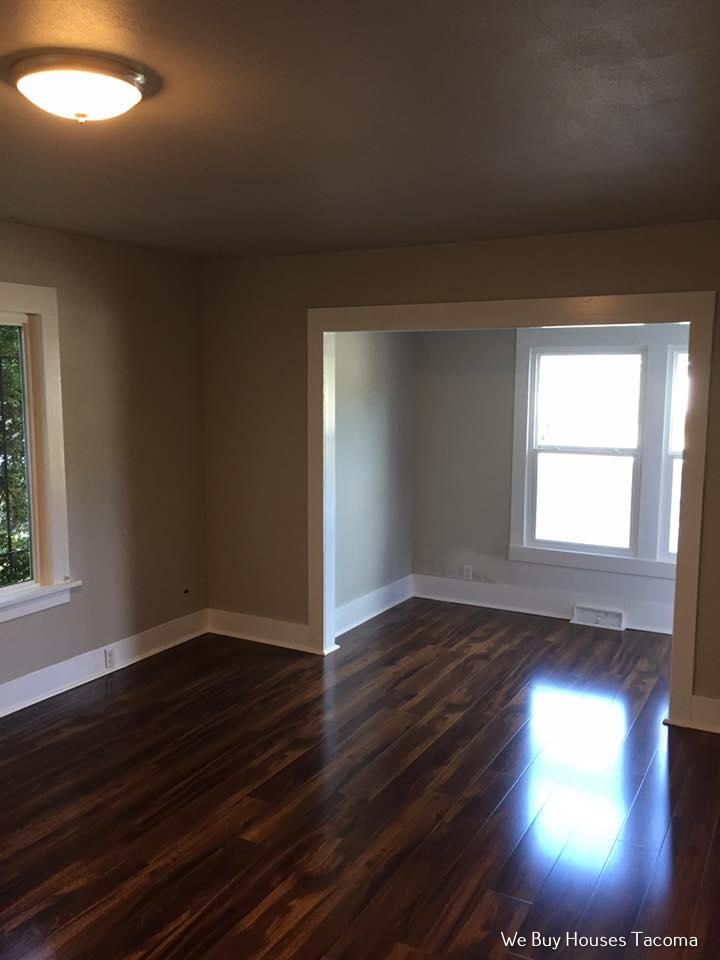Exploring the Fascinating History of Cummings Park, Tacoma, WA
Cummings Park in Tacoma, WA, is a picturesque and historically important location that has long been an integral part of the Tacoma community. Located on the west side of Puget Sound and boasting sublime views of Tacoma's vibrant shoreline, Cummings Park is a treasured destination for locals and visitors alike. But this location is much more than a mere scenic spot; the park is steeped in unique history and has served as an important meeting place for the locals throughout its existence. Let us delve further into the fascinating past of this celebrated Tacoma landmark. Cummings Park was originally established in 1891 by Judge Isaac Cummings as a privately held park. The park was a hub of activity in the Tacoma area, acting as a venue for family picnics, holiday gatherings, and other community events. A major draw of the park was its gardens, featuring fragrant flowers, exotic plants, and majestic trees that were planted when the park was first established. Judge Cummings was also known to be generous with the park, offering free admission to school groups, veterans, and family members of veterans who were visiting the park.
Visit this link for more information.

In 1903, the park was donated to the City of Tacoma and renamed “Cummings Memorial Park.” Since this time, Cummings Park has continued to be an important community spot and gathering place for locals, who enjoy the park’s natural beauty, peaceful atmosphere, and a multitude of recreational activities. Over the years, the park has also been home to a variety of cultural events and celebrations, such as concerts, fundraisers, and fairs. In addition to being a popular recreation spot, Cummings Park is deeply rooted in history and culture; it has long been associated with the Puyallup Tribe of Indians, dating back to the 1800s. Archaeologists have recovered clues from the ancient village site in the park, providing insight into the cultural practices and lifestyles of this indigenous group. The area was also a frequent hunting ground of the tribe and can still be found scattered with artifacts left behind over the centuries.
See here for information about For over fifty years, the Job Carr Cabin Museum has welcomed thousands of visitors.

